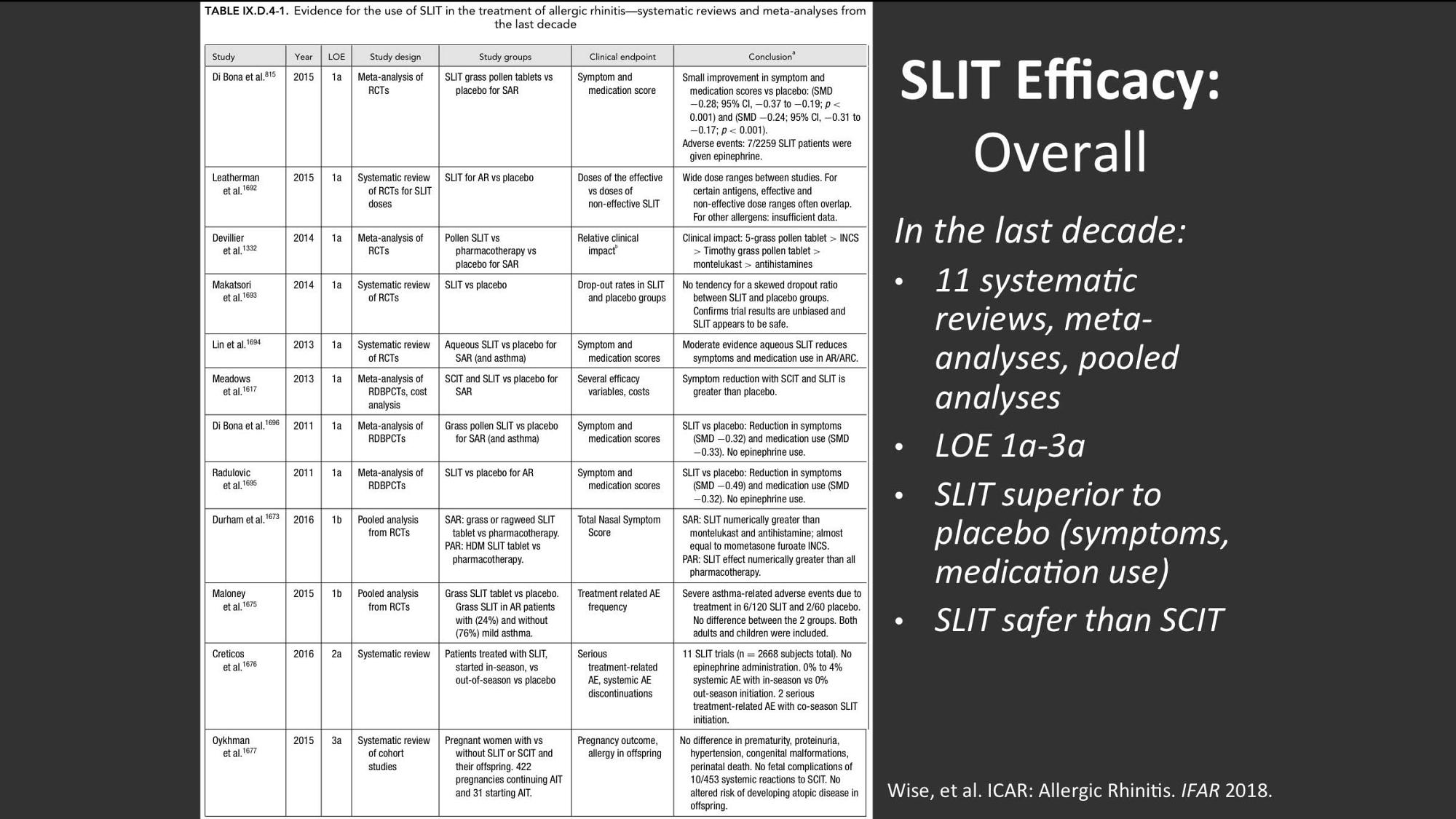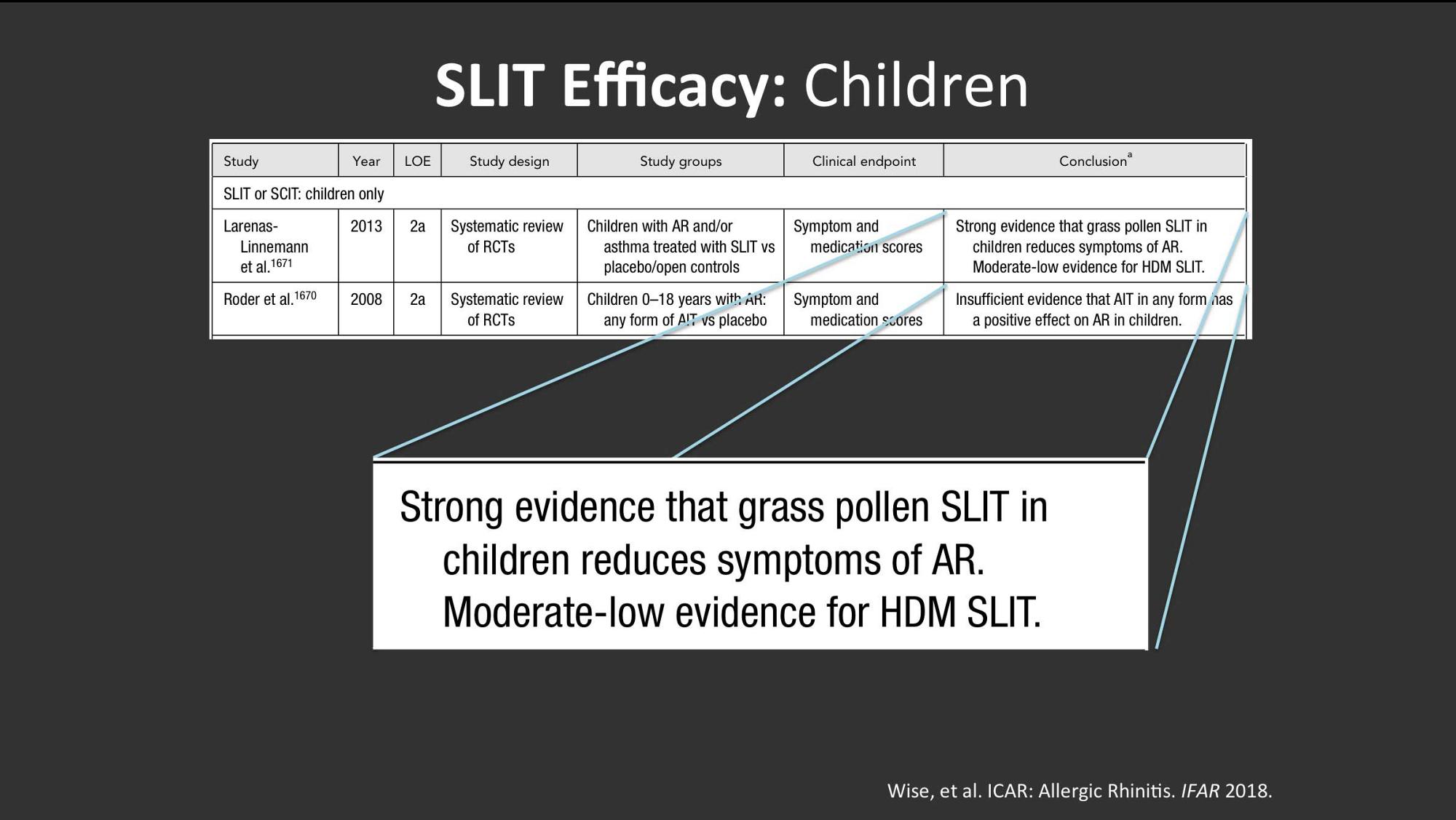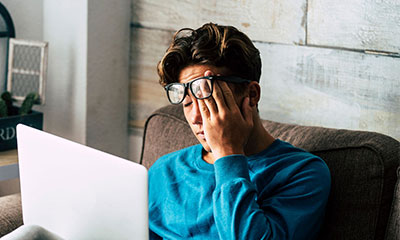When it comes to treating allergies there are multiple options to improve your symptoms. After allergy testing is complete we often discuss avoidance of your specific antigen (what you are allergic to) to help decrease your exposure and help improve your symptoms. Starting on a saline irrigation can also help to minimize the time the antigen is in contact with the nasal mucosa (where it causes inflammation and symptoms). Once this is accomplished we can use nasal steroids and antihistamines as well as oral antihistamines to help decrease the body’s response and improve symptoms as well. All of these therapies are designed to decrease symptoms, but do not treat the root cause of the allergies. To do that we need to use something called immunotherapy.
Immunotherapy at its core is an introduction of the antigen(s) you are allergic to into the bloodstream in small controlled doses until your body is used to the therapy. Think of it as a long term exposure to decrease the body’s response to what it is allergic to. An example of this therapy is seen commonly when patients have a pet that they did not realize they were allergic to. Over time their exposure to those animals will likely decrease due to the long term exposure. Medically, we can do this with controlled injections or under-the-tongue drops.
Immunotherapy can be administered in two forms:
- Subcutaneous (SCIT)
- Sublingual (SLIT)
SCIT is composed of weekly or biweekly administered “shots” filled with antigen in an escalating pattern until you are no longer reactive (or it has subsided significantly) to that antigen. This is the gold standard of immunotherapy and is very effective. It can take 3-5 years to obtain full immunity.
Recently, sublingual immunotherapy has gained popularity as it is much easier to administer and has also been found to be safer than standard injections. In SLIT we mix bottles once every three months and they are self-administered at home (It can even be mixed into a special toothpaste to be administered while brushing your teeth!). Studies have shown that this is a safe and effective method of treatment. SLIT is also safe in children and much easier for compliance than standard shots. It has also shown to safely decrease the symptoms of asthma and help patients decrease the use of inhalers and other “Rescue” drugs.
There is no single treatment for allergies but a combined approach of the above will help decrease your symptoms and can help improve your quality of life. SLIT can be safely administered to your children and help them breath better, sneeze less and even help control their asthma.


Author
 Dr. Geoffrey B. Trenkle, D.O.
LACENTA C.E.O.
Dr. Geoffrey B. Trenkle, D.O.
LACENTA C.E.O.




























